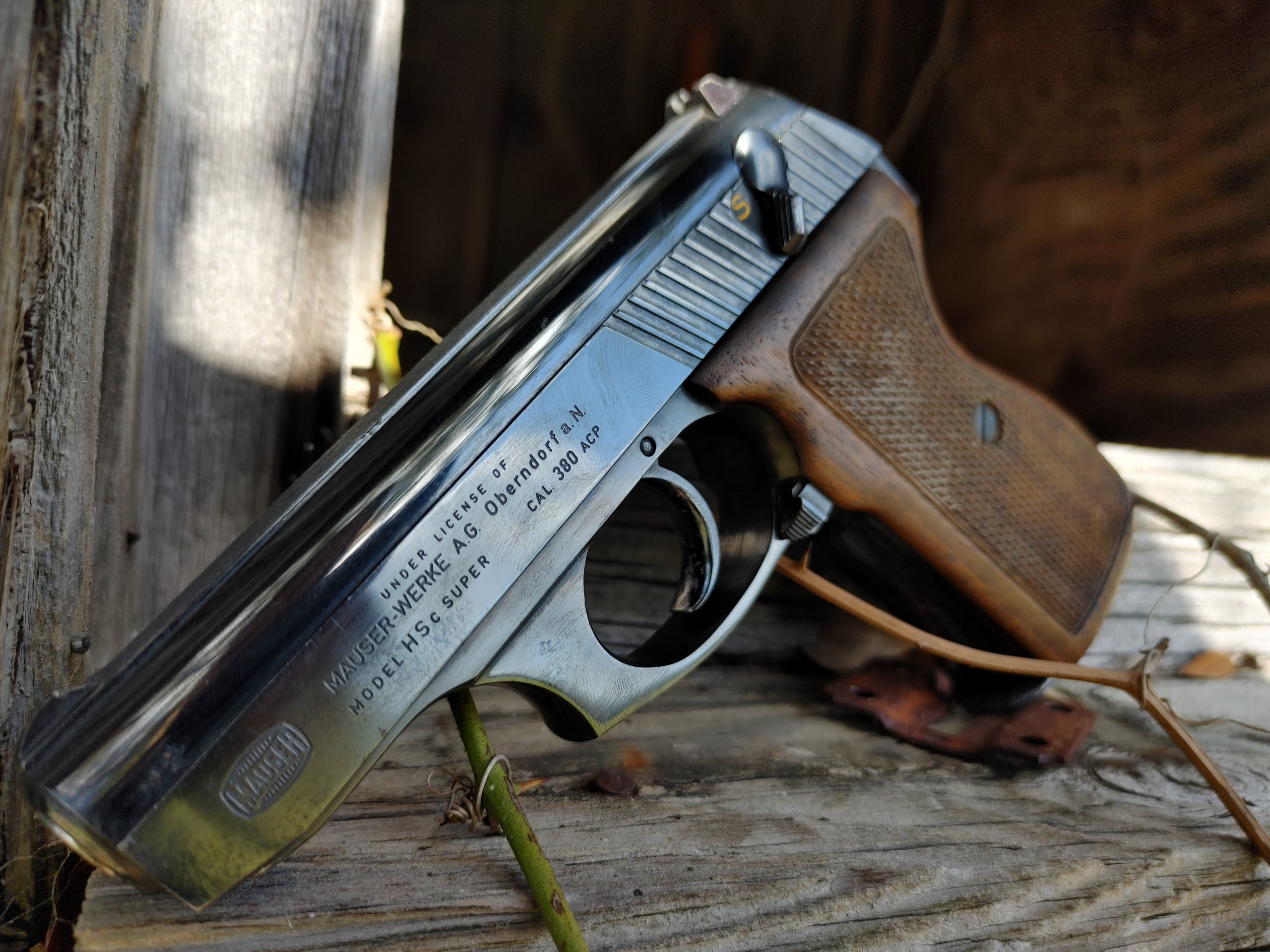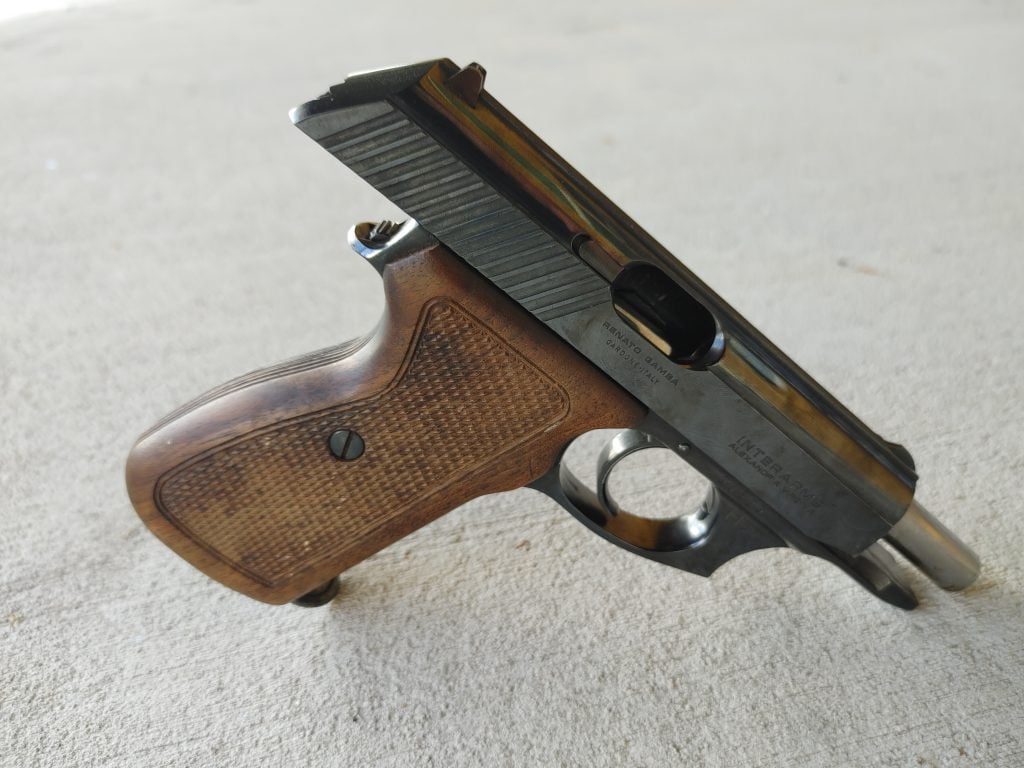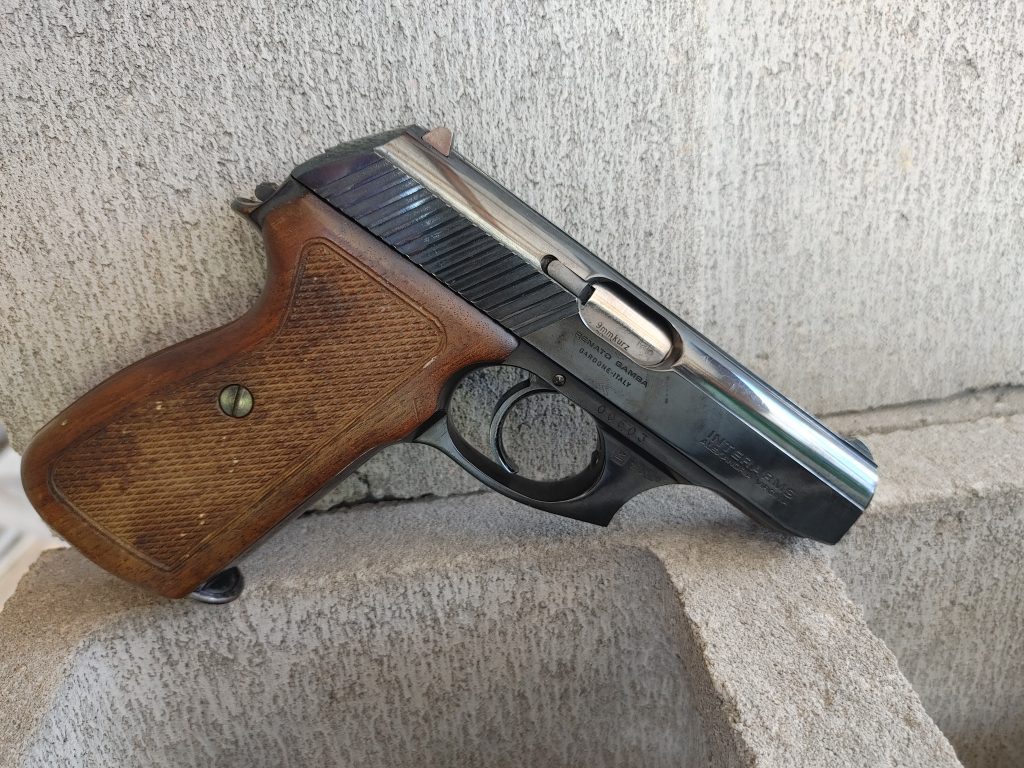Mauser is mostly known for making rifles. The Mauser action is one of those legendary designs we see influence generations of bolt action rifles. Mauser does have a claim to the world of semi-auto pistols as well with the C96. Let’s remember that that 96 comes from 1896, and while they created the Mauser 1910 and 1914, by the 1930s, their automatics were out of date. That led to the development of the Mauser HSc, which decades later led to the HSc Super.

A Little Mauser History
Mauser is a German company, and a little company called Walther was dominating the German handgun market. The Walther PP was eating Mauser’s pie, and Mauser didn’t want to lose out on potential sales. They wanted to compete with Walther, so in 1934, they began developing the HSc. They took more than a little influence from the PP and PPK, and it’s evident when you look at the gun. The designer was a man named Alex Seidel, who HK fans will recognize as the third silent partner of HK.
It retained the same art deco look of the Walther PP and was fairly compact. Initially, the HSc was produced in .32 ACP and aimed at the commercial market. However, it was 1939 when the weapon was finished, and in 1939 Germany had eyes on war. Initially, the Nazi party took up Walther on their pistols, and Mauser did not receive permission to produce the pistol.

By 1940 the war was raging on, and the German military needed pistols, so the Mauser HSc was approved for production and became a wartime duty pistol. The German Army placed an order for 3,000 pistols initially, but orders subsequent orders totaled 164,221 guns between the German Army and Navy.
After the war, the pistol remained in production, with the majority of HSc pistols being produced in .380 ACP and a good number going to international markets and German police forces.
Enter The HSc Super
In the 1980s, Mauser licensed the design to Renato Gamba of Italy. Renato Gamba produced several models in several calibers, including .32 ACP, .380 ACP, and 9x18mm Ultra. This led to the production of the HSc Super which used the same HSc action—a straight blowback-operated design with a DA/SA hammer design.
The hammer is partially obscured, and a small tab allows you to manually cock the hammer. A safety sits on the slide that allows for cocked and locked carry. Although you can decock by placing the gun on safe and pulling the trigger, that’s not my preferred method. While internally, the gun is basically a direct clone, the Italian firm made some interesting changes.

They got rid of the small triangular portion of metal that was located under the dust cover, likely to save costs. The Super moniker comes from the fact these guns use a double-stack magazine that holds 13 rounds versus the single-stack magazine that holds seven rounds. They were aimed at the police markets in Italy and the civilian shooter’s market.
The gun has some odd quirks. The heel magazine release is gone, and instead, you have a push-button design. The slide locks open but only closes when you insert a magazine. What I mean is that it automatically closes when a fresh magazine is inserted.
It’s a fairly odd pistol that chases around guns like the Beretta Cheetah and similar pistols with small caliber designs.
Holding the HSc Super
This has got to be one of the most unergonomic automatic handguns ever created. That’s crazy because the HSc standard is quite ergonomic, thin, and easy to shoot. The HSc Super is seemingly thicker than the Beretta 92FS. I can’t understand how this grip only holds 13 rounds of .380 ACP.

The magazine release is a push button, but it is super awkward. You can’t actually reach it with your firing hand due to the angle it’s at. You have to press from forward of the magazine release to drop the magazine. It’s such an awkward and fat grip that it’s almost hard to hold onto. The size of the gun should have really been rethought before they tossed a double-stack magazine in place.
The hammer tab remains easy to reach and activate. The giant grip makes it tough to reach the safety and activate it with a single hand. It’s overall a very awkward-feeling weapon.
At the Range
This big, all-metal pistol is a big heavy, duty beast. It’s far from light, and that’s a good thing. The blowback operation means you are getting every ounce of recoil in your hand. In little guns, it can be rough, and the original HSc was a hard recoiling gun. Luckily the wide grip of the HSc Super and the weight helps tame the recoil.
It’s fairly pleasant to shoot, and the gun isn’t so snappy. It’s awkward to hold, but the lower-powered .380 ACP results in fairly low recoil and a pleasant enough shooting pistol. It handles about the same as a 9mm of similar size and shape, something akin to a P365.
The sights are certainly an object of the times. They are teeny tiny, fixed sights that are not built for speed. They are super small and have no contrast between the front and rear sights. It’s a slow alignment method of sights, and you have to take your time to get the sights aligned to shoot accurately.

The HSc Super can be quite accurate when you take your time. The double action is long and heavy but also very smooth and rather nice. The Italians wisely kept the German-designed trigger system. The single-action trigger is very smooth and short, with a hair of take-up before a smooth and clean break.

Blowback actions are simple and, high recoiling, but also reliable. This old gun ate through a few different batches of .380 ACP without complaint. The gun cycled everything I threw at it and did so aggressively. The brass was flung from the chamber and done so accurately through the small ejection port.
What’s the Point
In 2023 this gun really has no purpose. Hell, in the 80s, it didn’t either. The Beretta Cheetah is a much better gun in every way. I guess they were cheap and, to be fair, continue to be. I picked this one up for $200. If you only had $200, this pistol isn’t a bad option, but it’s quite dated in design. Good luck finding holsters, spare parts, and magazines for it. It’s a neat and awkward part of handgun history, and sometimes that’s enough.

